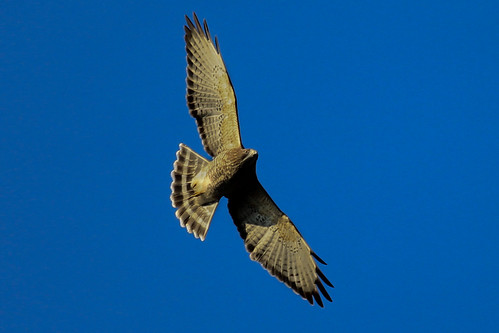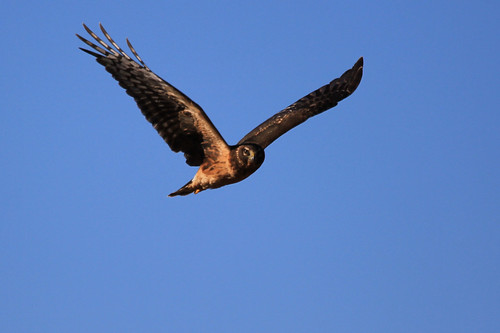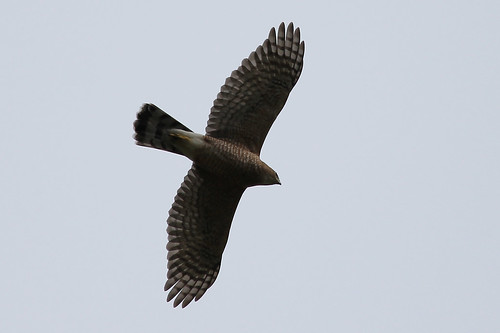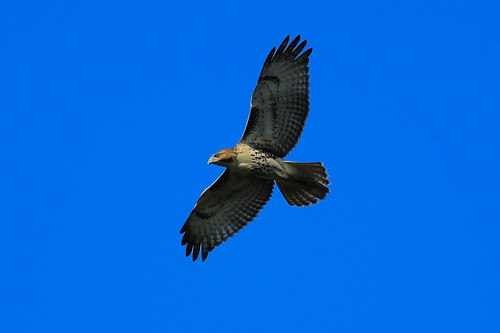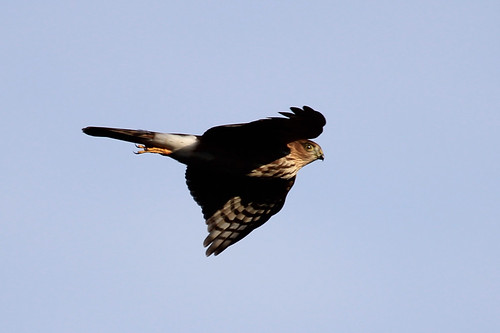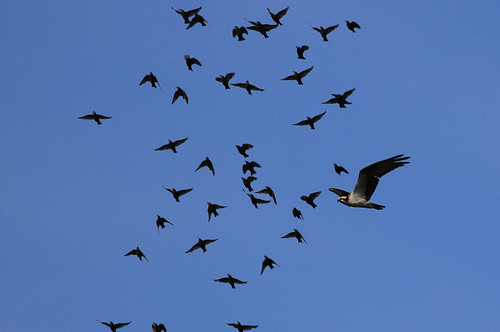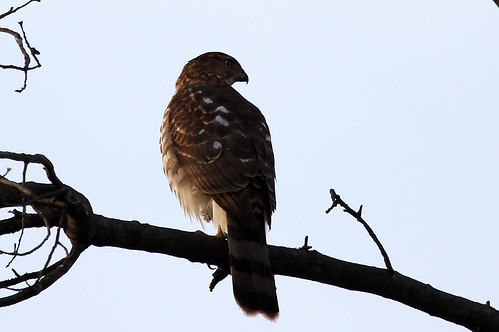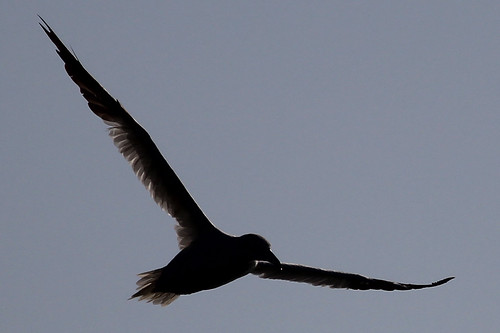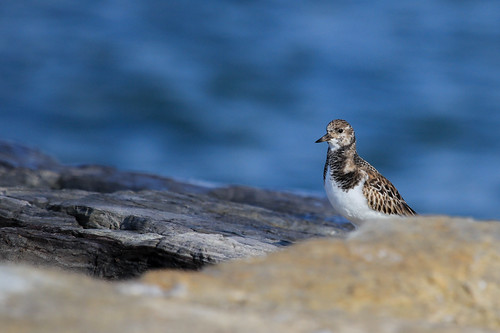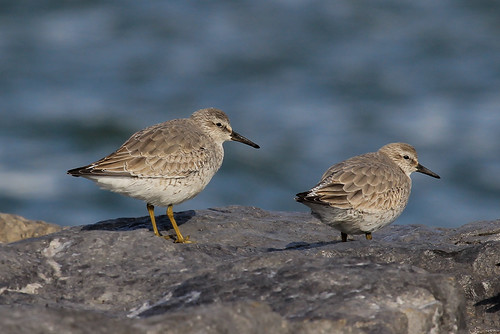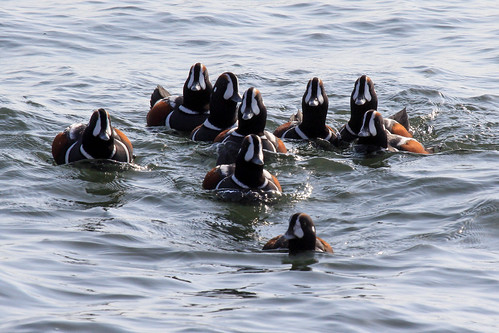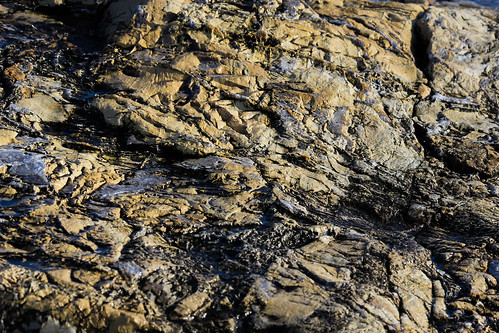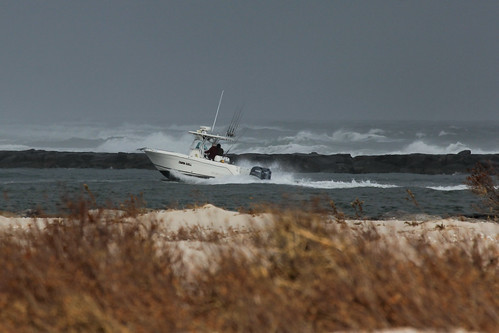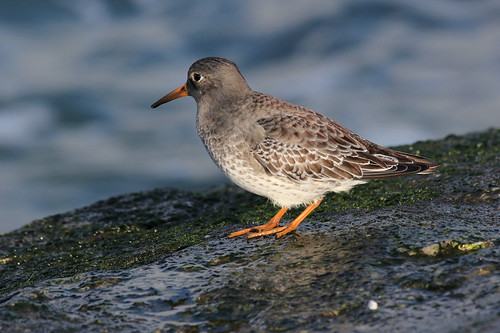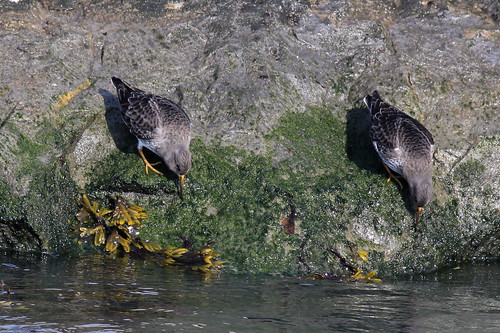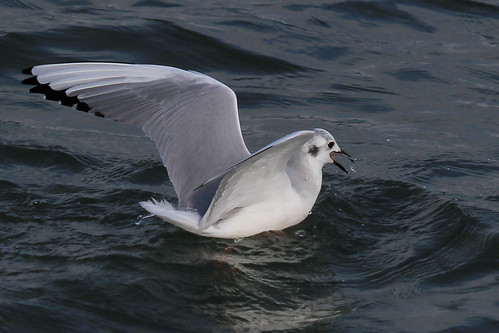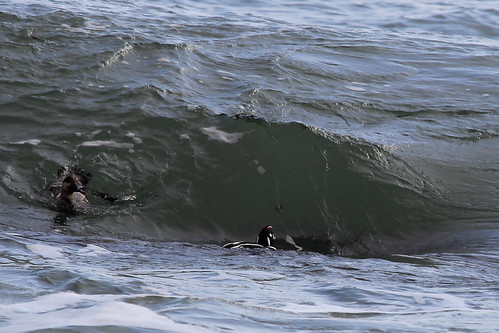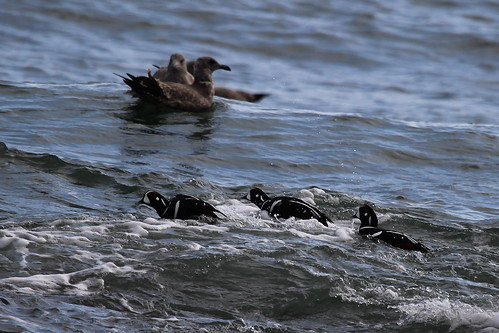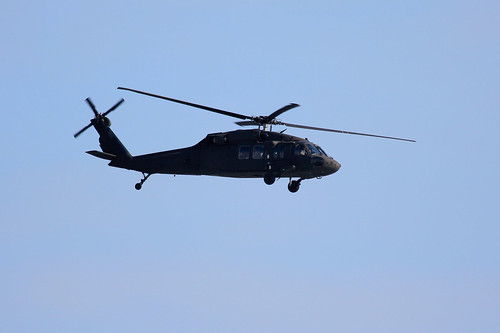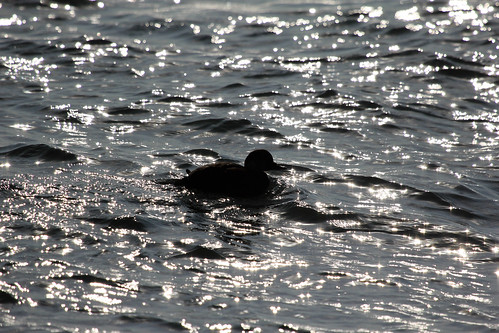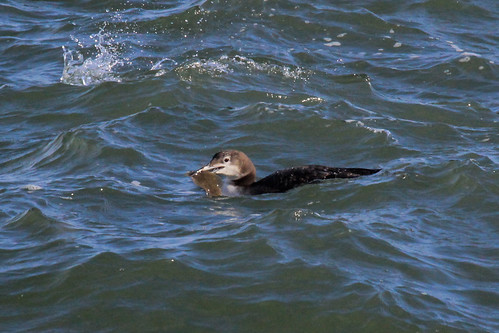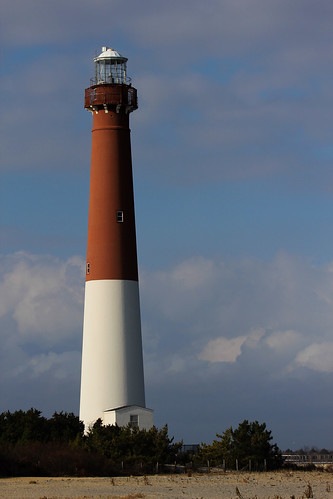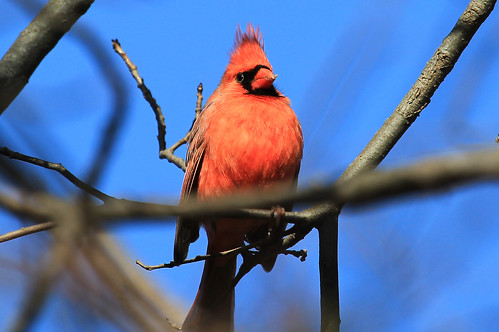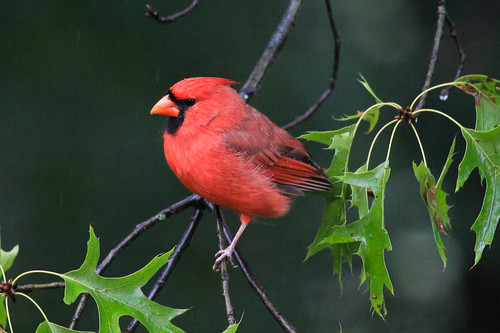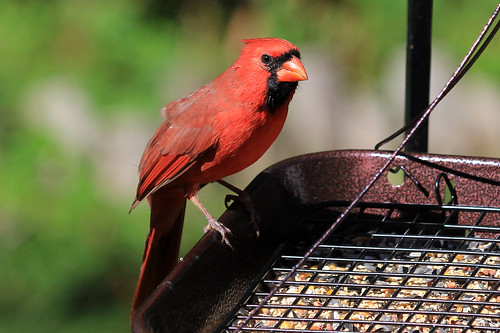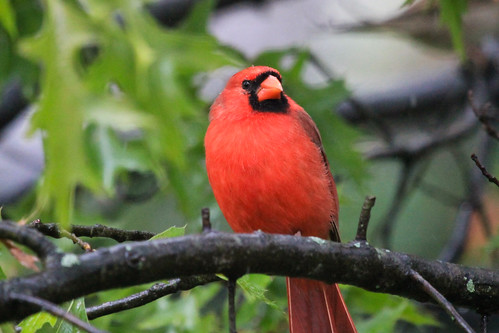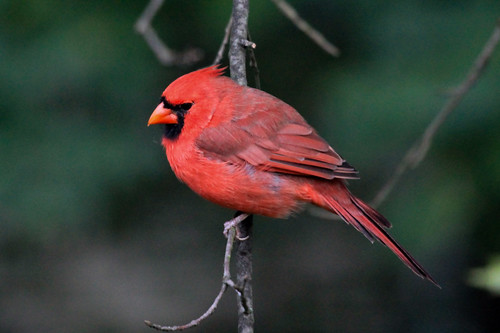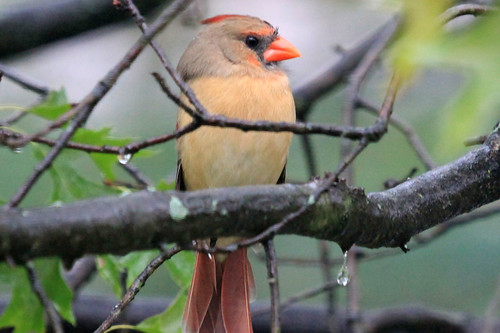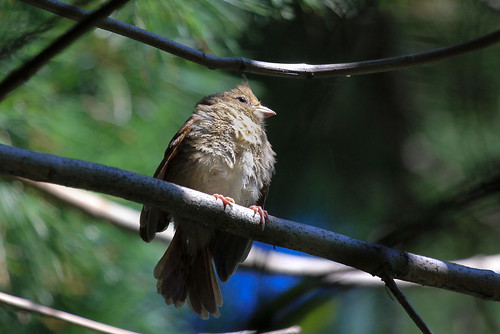Barnegat Light is a lighthouse on the Jersey Shore, about half-way between Sandy Hook and Cape May. It's on a barrier island, which was affected by Hurricane Sandy, but not so gravely that it had to be closed. By Dec 1, which is when I had a trip planned there, there was still a lot of damage visible in the beach houses, and there was sand in driveways everywhere, but the state park that houses the actual lighthouse and the huge rock jetty next to it was open.
There have been lighthouses there since 1830's. The current tower is from 1856 and was active through 1944.
I got there a little bit early and did some recognizance before my group arrived. There is a clutch of pines around the parking lot, and there and in the bushes nearby I found a bunch of finches.
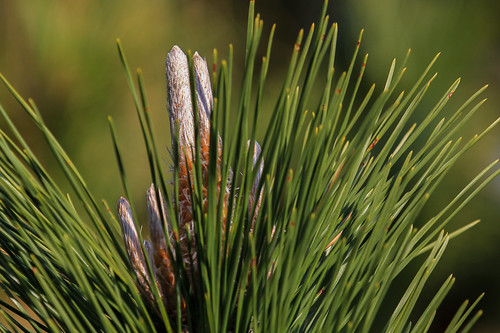
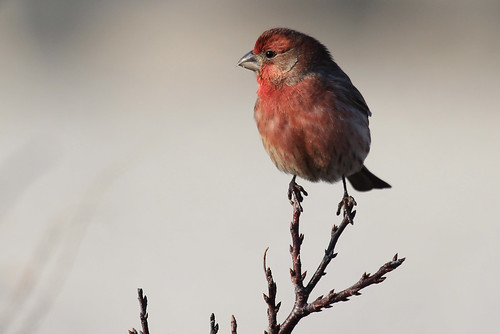
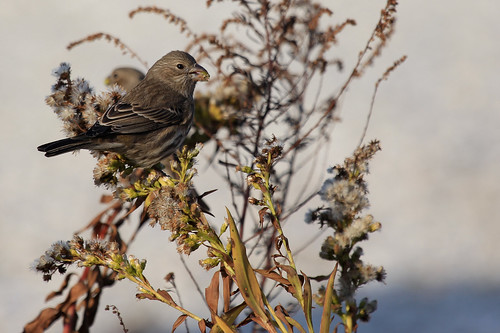
The lighthouse stands near a small channel connecting the open ocean with the inner bay. There were fishing boats everywhere, and also fishing fulls.
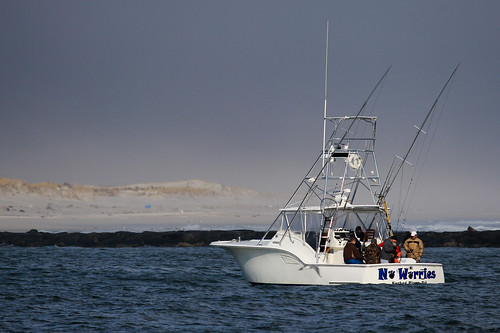
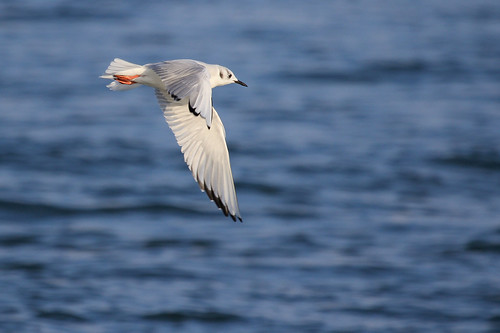
The guy above is Bonaparte's Gull, named not after Napoleon but after his nephew, Charles Lucien Bonaparte.
After my group gathered and we got to the jetty, the rarities started popping up. The first one was Red-Throated Loon, of which there were several, with one swimming so close to us that it almost didn't fit in my lens:
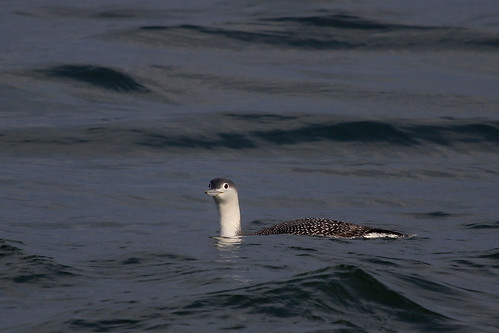
Then we got to see some wintering Ruddy Turnstones, a type of sandpiper. They are so used to birders and photographers there that it feels like they are actually posing for you:
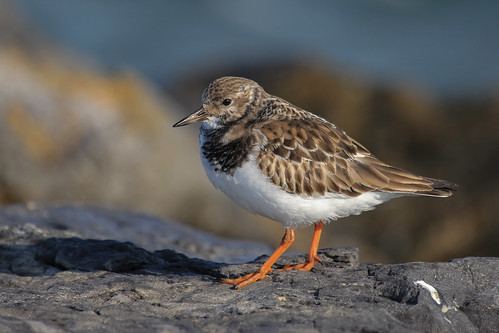
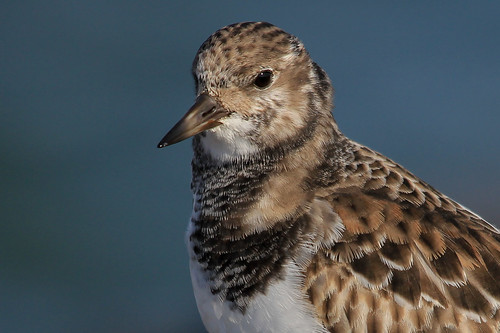
As we walked on the jetty, we had to step around people fishing off of it. Once in a while they would actually catch something. I like the expression of the second guy in this picture:
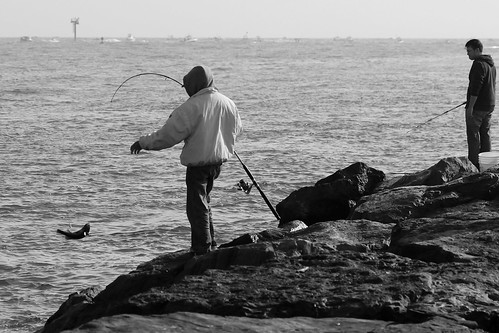
Then the main attraction of the show showed up - Harlequin Ducks. These multi-colored ducks are hard to find, but Barnegat Light's jetty is one of the most reliable places to find them.
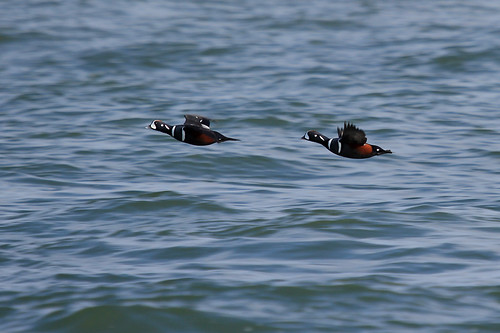

Another loon showed up nearby, this one a Common Loon:

More of Harlequin ducks and other pictures (birds and not) in the next post.
